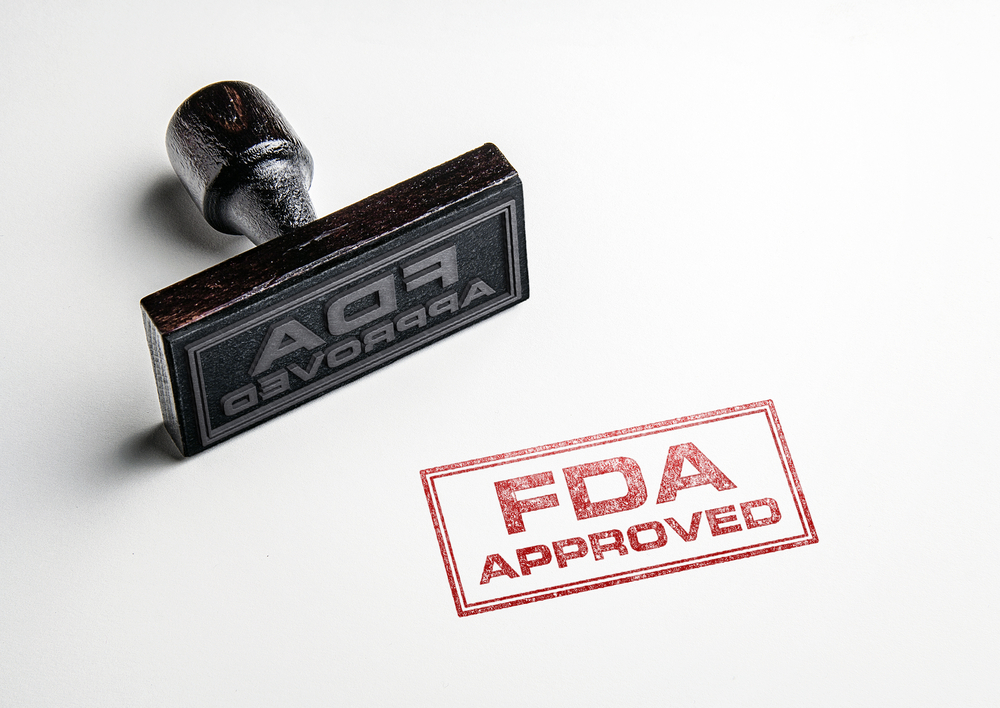FDA Approves Plegridy as Intramuscular Injection for Relapsing MS

The U.S. Food and Drug Administration (FDA) has approved an intramuscular injection formulation of Plegridy (peginterferon beta-1a) to treat people with relapsing forms of multiple sclerosis (MS).
This formulation, for injection directly into muscle, is what is typically used to deliver the flu shot.
According to Biogen, Plegridy’s developer, treatment given via intramuscular injection is as effective as the subcutaneous (under-the-skin) injection formulation long in use, but lowers the likelihood of injection site reactions.
This new formulation also was recently approved by the European Commission.
“Plegridy is a proven, effective therapy for relapsing MS, and this approval gives new and current MS patients a different delivery method that has the potential to significantly reduce injection site reactions,” Maha Radhakrishnan, MD, Biogen’s chief medical officer, said in a press release.
The active component of Plegridy is a form of interferon beta-1a, a signaling molecule that acts to regulate the activity of the immune system. By modulating immune activity, Plegridy can reduce the inflammation that causes nervous system damage in MS.
Plegridy is a form of interferon beta-1a that has been pegylated — a type of biochemical modification that allows the medication to last in the body longer than naturally occurring interferon beta-1a. This allows the treatment to be administered less frequently, typically once every two weeks.
Plegridy’s original subcutaneous formulation was first approved in the U.S. and Europe in 2014, and it is currently marketed in over 60 countries.
In the U.S., Plegridy is approved to treat relapsing forms of MS, which includes clinically isolated syndrome, relapsing-remitting MS (RRMS), and active secondary progressive MS (SPMS).
Plegridy’s safety and efficacy in a subcutaneous formulation was supported by data from the Phase 3 clinical trial ADVANCE (NCT00906399). Results showed that, compared with a placebo, Plegridy significantly lowered the number of relapses and brain lesions experienced by patients, and slowed the rate of disability progression. The medication was shown to have a good safety profile.
Approval of the intramuscular formulation was based on data from an open-label Phase 1 trial in healthy volunteers, which showed the intramuscular and subcutaneous formulations to be bioequivalent. That is, both provided the same amount of the medication’s active ingredient at the expected site of action, and at equivalent doses.
Both formulations also had a similar safety profile. But the frequency of injection site reactions was lower in individuals given the intramuscular formulation (14.4%), than in those receiving the subcutaneous formulation (32.1%). Overall, the frequency of side effects was similar with both formulations.
According to Plegridy’s prescribing information, the intramuscular formulation will be available as an injection delivered by a single-dose prefilled syringe.






